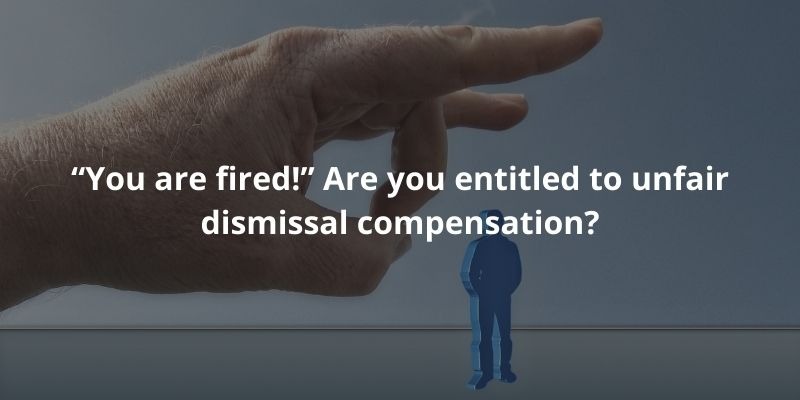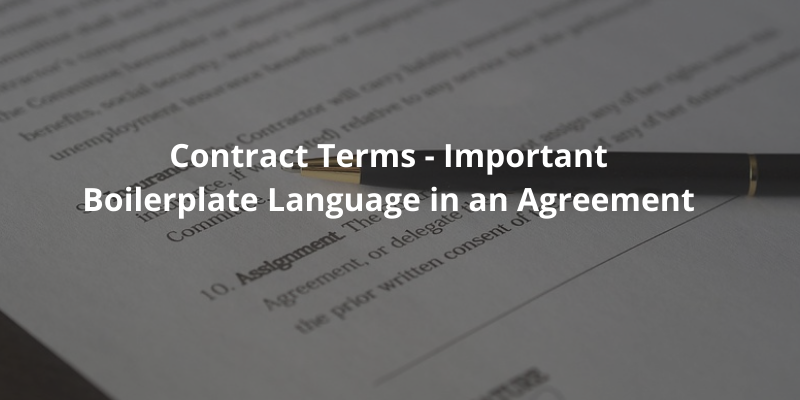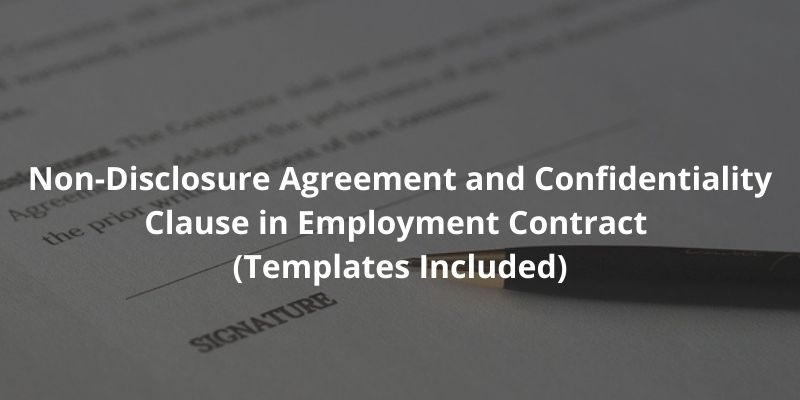Human Resource / Work Related Issue


Today's employment market is full of challenges, especially if you are being treated unfairly or discriminated against at the workplace. If you think your employer is engaging in unfair employment practices, you can start the resolution process by writing a complaint letter to your company's human resources department or human resources manager. Although employers are obliged to provide a fair work environment that provides equal opportunities for all employees, it is not easy to write a complaint letter to your employer without the fear of reprisal.
A well-written complaint letter is more likely to attract attention from the recipient (most likely the human resources department) and for the recipient to act on it. This guide is intended to help you to draft an appropriate complaint letter to increase the likelihood for your employer to do something to resolve the issue.
Employers are required to provide equal opportunities to employees regardless of age, colour, nationality, race, religion, gender or family status. You will need to take the time to study and understand the relevant labour and employment laws in your jurisdiction relating to workplace discrimination and harassment.
What you regard as unfair may not necessarily be in violation of the law. Unfair treatment in the workplace may include ignoring the lack of promotion opportunities for qualified employees of a certain gender or race, or different amounts of pay for employees doing the same work.
Read the employee handbook and review the company's policies in addressing unfair practices in the workplace. Many employers have a process, and employees must follow this process to complain to the manager or the human resources department. It is always better to write a complaint letter even if it is not required by the company’s policy.
From the laws, regulations and company policies, you need to identify your rights and characterise your complaint. There are various types of complaints that you can make:
When writing a complaint letter, it is usually recommended that you send the letter to a specific person to get a timely response (preferably someone senior with the relevant authority). Addressing generally to the human resources department is not recommended as it often gets ignored. You should check your company's Employees Manual to see who should be the first port of complaint. Normally, it is a specific officer in the human resources department or your immediate supervisor. However, if that officer or supervisor happens to be the subject of your complaint, then you can consider complaining to his / her immediate supervisor instead.
In a large company, you should first identify and introduce yourself by including your full name, position, department, date of employment, and the name of your direct supervisor. Even if you know the recipient well, you should set out the complaint letter formally and professionally like a normal business letter.
You should start by going straight to the issue, i.e. that you are making a complaint on work-related issues. Then, you should explain that you want to file a complaint and indicate the substance of the complaint, including the subject(s) of the complaint.
Set out the facts in chronological order and try to collate as much evidence as possible to support your complaint. Be clear and address the main points. You want to provide enough information so that the human resources department can see that there is an issue that needs to be investigated. You should provide more details to increase your credibility by:
When you feel depressed and upset, it is difficult to control your anger. Just because someone may have used foul language on you, it does not justify you using the same language on others, especially if you are trying to seek assistance from your recipient. If you want your complaint to progress, you need to stay calm, be polite and be courteous.
Base your case on the company's values and philosophy, which you can usually quote from the Employees’ Manual. If you do not want to alienate your recipient, avoid using threatening, sarcastic or insulting language in your complaint. Never write anything that might reflect badly on you or get out of context. Foul language will only weaken your bargaining position and your ability to seek help.
Lastly, express your interest in reaching a resolution. The key is to inform the company of events that it may not be aware of and support the company's investigation. You can either (i) propose a solution, (ii) request directly for a response, or (iii) take action to resolve the issue. State what you want from the human resources department, such as a transfer to a different department. You can also ask the human resources department to investigate the matter and punish the person involved. Be reasonable in your request. A good test on reasonableness is to put yourself in the shoes of the human resources department to see if what you are proposing makes sense.
Thank the human resources department for taking the time to read your letter and investigate the matter. Remember to keep a copy of your complaint letter and all supporting documents, such as e-mails, voice mails, notes or witness statements. You may need to provide them to the human resources department later to support your case if an investigation commences.
Not the right document?
Don’t worry, we have thousands of documents for you to choose from:

10 Jun 2022
6 min read

2 Jun 2022
6 min read

27 May 2022
6 min read

20 May 2022
6 min read

9 May 2022
6 min read

3 May 2022
3 min read

25 Apr 2022
5 min read

31 Mar 2022
1 min read

29 Mar 2022
1 min read

20 Mar 2022
6 min read

12 Mar 2022
5 min read

21 Feb 2022
5 min read

31 Jan 2022
5 min read

13 Jan 2022
4 min read

3 Jan 2022
5 min read

7 Dec 2021
11 min read

14 Nov 2021
6 min read

1 Nov 2021
9 min read

21 Oct 2021
1 min read

17 Oct 2021
7 min read

7 Oct 2021
12 min read

16 Sep 2021
4 min read

14 Sep 2021
5 min read

10 Sep 2021
3 min read

31 Aug 2021
4 min read

23 Aug 2021
3 min read

16 Aug 2021
5 min read

30 Jul 2021
6 min read

23 Jul 2021
7 min read

13 Jul 2021
5 min read

2 Jul 2021
5 min read

24 Jun 2021
5 min read

15 Jun 2021
4 min read

4 Jun 2021
6 min read

28 May 2021
5 min read

21 May 2021
5 min read

14 May 2021
5 min read

7 May 2021
5 min read

30 Apr 2021
5 min read

23 Apr 2021
5 min read

16 Apr 2021
5 min read

9 Apr 2021
5 min read

1 Apr 2021
5 min read

26 Mar 2021
4 min read

19 Mar 2021
5 min read

12 Mar 2021
5 min read

5 Mar 2021
6 min read

26 Feb 2021
5 min read

19 Feb 2021
6 min read

11 Feb 2021
5 min read

29 Jan 2021
6 min read

29 Jan 2021
3 min read

22 Jan 2021
6 min read

15 Jan 2021
6 min read

8 Jan 2021
6 min read

31 Dec 2020
6 min read

24 Dec 2020
0 min read

24 Dec 2020
7 min read

18 Dec 2020
6 min read

11 Dec 2020
6 min read

4 Dec 2020
6 min read

27 Nov 2020
6 min read

27 Nov 2020
7 min read

22 Nov 2020
7 min read

13 Nov 2020
8 min read

12 Nov 2020
8 min read

7 Nov 2020
8 min read

5 Nov 2020
6 min read

30 Oct 2020
7 min read

29 Oct 2020
8 min read

23 Oct 2020
7 min read

19 Oct 2020
8 min read

16 Oct 2020
10 min read

7 Oct 2020
9 min read

28 Sep 2020
8 min read

18 Sep 2020
7 min read

9 Sep 2020
7 min read

3 Sep 2020
7 min read

27 Aug 2020
8 min read

27 Aug 2020
9 min read

19 Aug 2020
8 min read

17 Aug 2020
8 min read

11 Aug 2020
8 min read

11 Aug 2020
8 min read

10 Aug 2020
11 min read

10 Aug 2020
9 min read

7 Aug 2020
9 min read

4 Aug 2020
9 min read

3 Aug 2020
10 min read

23 Jul 2020
8 min read

23 Jul 2020
8 min read

12 Jul 2020
8 min read

5 Jul 2020
7 min read

25 Jun 2020
7 min read

12 Jun 2020
9 min read

11 Jun 2020
9 min read

9 Jun 2020
9 min read

8 Jun 2020
8 min read

4 Jun 2020
5 min read

4 Jun 2020
8 min read

2 Jun 2020
10 min read

28 May 2020
13 min read

25 May 2020
8 min read

1 May 2020
10 min read

1 Apr 2020
6 min read

1 Mar 2020
11 min read

1 Feb 2020
11 min read

8 Jan 2020
9 min read

1 Jan 2020
1 min read

10 Dec 2019
7 min read

26 Nov 2019
8 min read

5 Nov 2019
5 min read

24 Oct 2019
3 min read

1 Oct 2019
1 min read

1 Oct 2019
1 min read